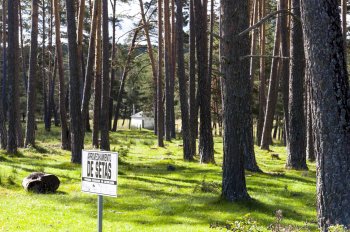MICODATASIG: Territorial Information System on the production and management of mycological resources in Castilla y León region, Spain.
MicodataSIG relies on a set of protocols and technologies for the diagnosis of mycological resources aiming to implement a Territorial Information System. The goal is to provide technical information as well as disseminating to the society over the production and sustainable management of the main edible wild mushrooms in Castilla y León region, Spain.

































